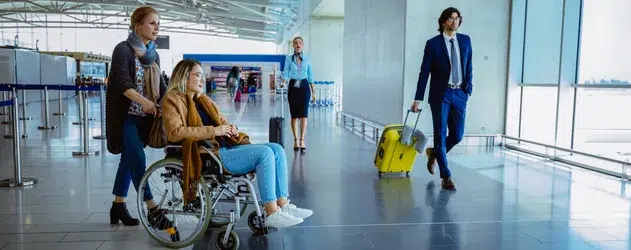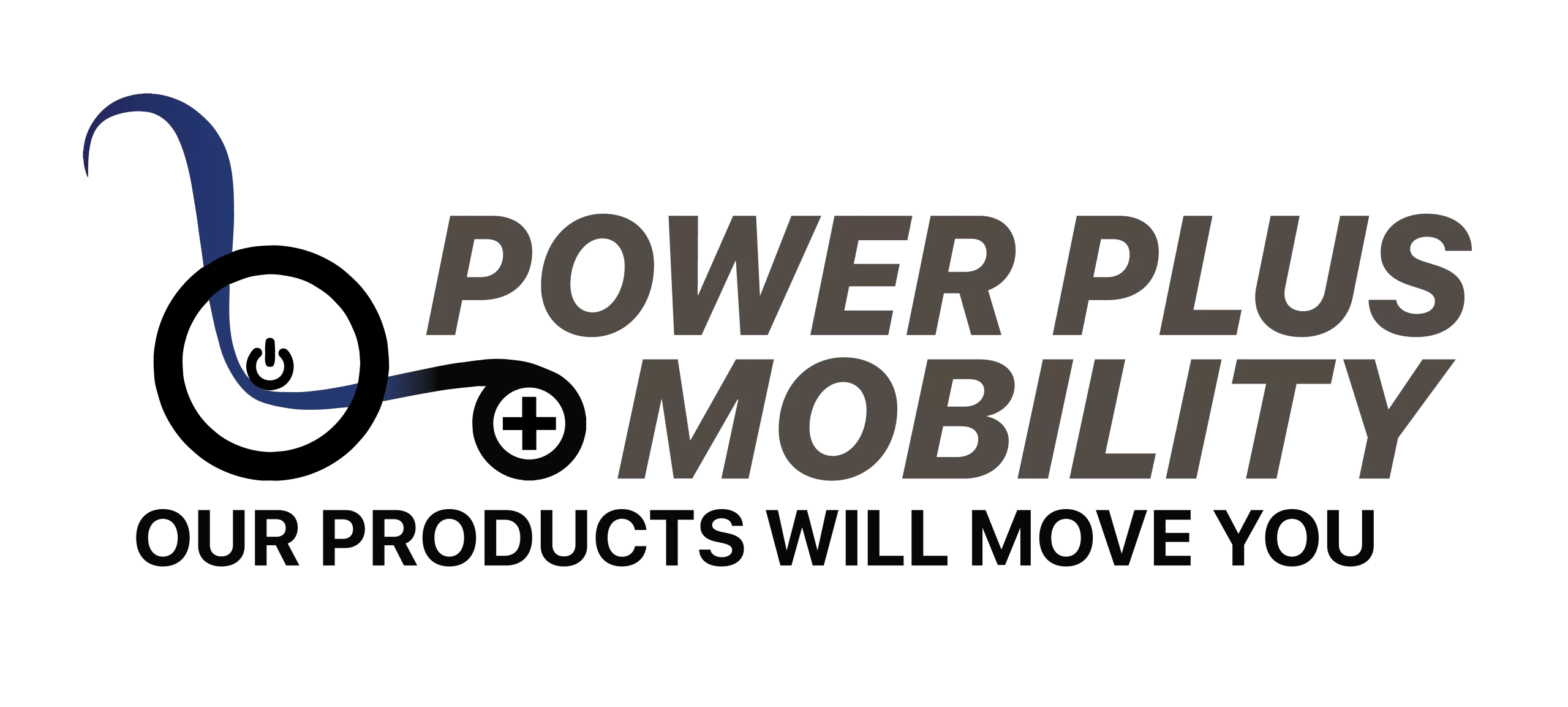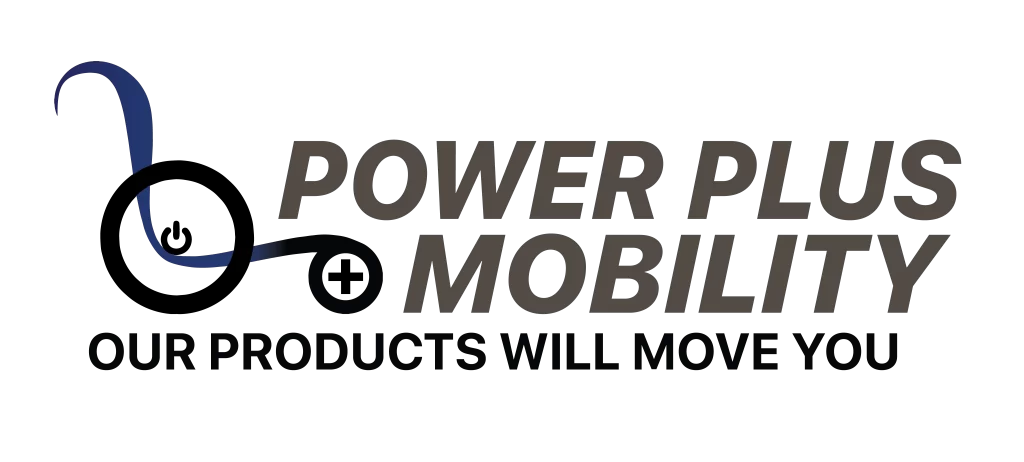
Travel opens doors to new experiences, cultures, and memories that enrich our lives. For wheelchair users, the prospect of traveling—especially air travel—can feel daunting, but with proper planning and knowledge, accessible travel is entirely achievable and rewarding. Whether you’re planning a holiday visit to family, a winter escape to warmer destinations, or an adventure exploring Canada’s diverse regions, this comprehensive guide will help you navigate the complexities of traveling with your wheelchair and ensure your journey is as smooth as your destination is memorable.
Planning Your Trip: The Foundation of Successful Wheelchair Travel
Successful wheelchair travel begins long before you reach the airport. Thorough planning addresses potential challenges before they become problems, transforming anxiety into confidence. Start your travel preparations at least six to eight weeks in advance, allowing ample time to arrange accommodations, research accessibility, and communicate your specific needs to airlines and hotels.
Choosing Your Destination Wisely: Not all destinations offer equal accessibility. Research your planned location’s accessibility features, including airport facilities, hotel accommodations, tourist attractions, and local transportation options. Canadian cities like Vancouver, Toronto, and Montreal have made significant accessibility improvements in recent years, making them excellent domestic travel choices. When planning international travel, prioritize destinations known for strong accessibility infrastructure.
Travel Insurance Considerations: Standard travel insurance may not adequately cover wheelchair-related incidents or medical equipment needs. Seek specialized travel insurance that explicitly covers mobility devices, medical equipment damage or loss, and accessibility-related travel disruptions. Document your wheelchair’s value and specifications before traveling to streamline any potential claims process.
Medical Documentation: Carry comprehensive medical documentation including prescriptions for any medications, letters from your healthcare provider explaining your mobility needs, and detailed specifications of your wheelchair. These documents prove invaluable if medical situations arise during travel or if authorities question your equipment or needs.
Preparing Your Wheelchair for Air Travel
Airlines transport thousands of wheelchairs annually, but the process requires careful preparation to protect your essential mobility equipment. Understanding how to prepare your wheelchair minimizes damage risk and ensures it arrives at your destination in working condition.
Document Everything: Before leaving home, photograph your wheelchair from multiple angles, noting existing wear, serial numbers, and any unique features. This documentation becomes crucial evidence if damage occurs during transit. Create a detailed specification sheet including your wheelchair’s weight, dimensions, battery type (for power wheelchairs), and any special handling requirements.
Battery Considerations for Power Wheelchairs: Airlines have strict regulations regarding lithium batteries due to fire safety concerns. Power wheelchair users must understand battery regulations specific to their equipment. Gel-cell and sealed lead-acid batteries typically travel without special preparation, while lithium batteries require airline approval and specific documentation. Contact your airline at least 48 hours before departure to confirm battery acceptance and required documentation.
Protective Preparation: Remove or secure any loose parts that could detach during handling. Cushions, armrests, and accessories should either travel with you in the cabin or be securely attached to prevent loss. Consider investing in protective padding or a wheelchair travel cover designed to cushion your equipment during baggage handling. Mark fragile areas clearly with bright tape indicating “FRAGILE” or “HANDLE WITH CARE.”
Create a Handling Instructions Sheet: Prepare a laminated instruction sheet with clear photos showing proper wheelchair folding, unfolding, battery disconnect procedures, and any special handling requirements. Attach this sheet prominently to your wheelchair so ground crew can reference it during transport. Include your contact information in case questions arise.
Navigating the Airport Experience
Airports present unique challenges for wheelchair users, but understanding procedures and your rights makes the experience manageable. Canadian airports are required to provide accessibility services under federal accessibility regulations, ensuring your mobility needs are accommodated.
Advance Notification: When booking your flight, immediately notify the airline of your wheelchair and any specific assistance requirements. Confirm these arrangements again 48 hours before departure and once more upon airport arrival. Document the names of staff members you speak with and confirmation numbers for all accessibility requests.
Check-In Procedures: Arrive at the airport at least two hours before domestic flights and three hours before international flights. This extra time accommodates wheelchair check-in procedures, security screening adaptations, and any unexpected complications. Request gate-checking for your wheelchair whenever possible, allowing you to use it until boarding and receive it immediately upon deplaning.
Security Screening Adaptations: Airport security accommodates wheelchair users through adapted screening procedures. You cannot be required to transfer from your wheelchair unless alternative screening methods prove inadequate. Security personnel may conduct physical pat-downs, test wheelchair surfaces for explosive residue, and inspect wheelchair components. Understanding these procedures in advance reduces stress during the screening process.
Boarding and Deplaning: Airlines must provide aisle chairs—narrow wheelchairs designed to navigate airplane aisles—for transferring passengers to their seats. Wheelchair users typically board first and deplane last, allowing adequate time for transfers without rushing. If you prefer maintaining independence during transfers, communicate this clearly to airline staff. Understanding proper transfer techniques ensures safety during these transitions.
Choosing Accessible Accommodations
Your accommodation significantly impacts your travel experience. Hotels, resorts, and vacation rentals vary widely in accessibility features, making thorough research essential before booking.
Verifying Accessibility Claims: Hotels often advertise “wheelchair accessible” rooms without specifying what that actually includes. Don’t rely solely on website descriptions—call directly to ask detailed questions about room features. Inquire about doorway widths, bathroom grab bars, roll-in shower availability, bed height, and pathway accessibility from parking to your room. Request photos of accessible rooms before booking to verify they meet your specific needs.
Questions to Ask: When evaluating accommodations, ask about entrance accessibility, elevator availability and size, door threshold heights, bathroom layouts, shower configurations, and emergency evacuation procedures for guests with mobility limitations. Understanding these details before arrival prevents unpleasant surprises and ensures your comfort throughout your stay.
Alternative Accommodations: Consider vacation rentals through platforms specializing in accessible properties. These alternatives often provide more space, full kitchens, and residential layouts that accommodate wheelchairs better than traditional hotel rooms. Always communicate directly with property owners about your specific accessibility needs before booking.
Exploring Your Destination
Once you’ve arrived safely and settled into accessible accommodations, you’re ready to explore your destination. Planning accessible activities ensures you can fully participate in your travel experience.
Research Accessible Attractions: Before traveling, research accessibility at planned attractions, restaurants, and entertainment venues. Many tourist sites now provide detailed accessibility information on their websites, including wheelchair entrance locations, accessible pathways, and available accommodations. Contact venues directly if online information proves insufficient.
Local Transportation Options: Investigate accessible transportation options at your destination. Many Canadian cities offer accessible public transit, specialized transportation services for people with disabilities, and wheelchair-accessible taxi or ride-share options. Book accessible transportation in advance whenever possible, as availability may be limited, especially during peak tourist seasons.
Backup Plans: Despite careful planning, accessibility challenges sometimes arise unexpectedly. Maintain flexibility in your itinerary, have alternative activity options ready, and don’t hesitate to advocate for your access needs. Many venues can provide reasonable accommodations if informed of your needs in advance.
Dealing with Wheelchair Damage or Loss
Despite precautions, wheelchair damage during air travel remains a real possibility. Knowing how to respond protects your rights and expedites resolution.
Immediate Reporting: If your wheelchair arrives damaged or doesn’t arrive at all, report the problem immediately to airline staff before leaving the airport. Document damage with photographs and obtain written acknowledgment from airline representatives. Airlines must provide a loaner wheelchair if yours is significantly damaged or lost, ensuring your mobility isn’t compromised during resolution.
Filing Claims: File formal damage claims in writing within strict time limits—typically 24 hours for domestic flights and seven days for international flights. Include your documentation, photographs, and detailed damage descriptions. Request repair estimates from qualified wheelchair technicians and submit these to the airline. Proper wheelchair maintenance knowledge helps you identify all damage and ensure complete repairs.
Know Your Rights: Canadian Air Passenger Protection Regulations and international conventions protect wheelchair users during air travel. Airlines are liable for wheelchair damage caused by their handling and must compensate you for repairs or replacement. Don’t accept inadequate settlements—your wheelchair is essential medical equipment, and you deserve full compensation for any damage.
Traveling with Companions and Caregivers
Many wheelchair users travel with companions or caregivers who provide essential assistance. Clear communication about roles, needs, and expectations ensures everyone enjoys the travel experience.
Caregiver Considerations: If traveling with a paid caregiver, clarify their travel expenses, time-off compensation, and responsibilities before departure. Some travelers qualify for programs offering free companion airfare when traveling with an essential caregiver—investigate these options when booking.
Communicating Needs: Discuss assistance needs openly with travel companions before departure. Clear communication about when you need help, what type of assistance you prefer, and when you prefer independence prevents misunderstandings and ensures everyone’s comfort throughout the trip.
Seasonal Travel Considerations for Canadian Wheelchair Users
Canada’s diverse climate creates unique seasonal travel considerations for wheelchair users. Winter travel requires special preparation, including researching snow removal practices at your destination, packing appropriate winter wheelchair accessories, and understanding how cold temperatures affect power wheelchair batteries.
Summer travel presents its own challenges, including heat management for users with temperature regulation difficulties, ensuring adequate sun protection, and staying properly hydrated during outdoor activities. Plan activities during cooler parts of the day and schedule regular rest periods in air-conditioned environments.
Technology and Apps for Accessible Travel
Modern technology has revolutionized accessible travel planning. Numerous smartphone apps now provide accessibility ratings for attractions, restaurants, and accommodations worldwide. Apps like AccessNow, Wheelmap, and Accomable allow wheelchair users to share accessibility information, helping fellow travelers make informed decisions.
Navigation apps increasingly include accessibility routing options, directing wheelchair users along pathways with curb cuts, ramps, and minimal obstacles. Utilize these tools to maximize your independence and confidence while exploring unfamiliar destinations.
Making the Most of Your Travel Experience
Travel shouldn’t feel like a series of obstacles to overcome. With proper planning, clear communication, and knowledge of your rights, wheelchair users can confidently explore the world. Every journey teaches valuable lessons, building your travel expertise and expanding your comfort zone.
Don’t let fear of logistics prevent you from experiencing new places and creating memories. Many wheelchair users report that their first accessible trip, while sometimes challenging, proved far easier than anticipated and opened doors to future adventures they once thought impossible.
The Power Plus Mobility Advantage for Travelers
Choosing a reliable, well-maintained wheelchair is fundamental to successful travel. Power Plus Mobility’s Canadian-made wheelchairs are designed with durability and reliability in mind—essential qualities when your wheelchair must withstand the rigors of travel. Our commitment to quality construction means your wheelchair is more likely to survive airline handling and perform reliably throughout your journey.
Custom wheelchair features can also enhance travel comfort and convenience. Discuss your travel goals with our team when selecting or customizing your wheelchair—certain features prove particularly valuable for frequent travelers.
Your Adventure Awaits
Traveling as a wheelchair user requires additional planning and preparation, but the rewards of exploration, new experiences, and cherished memories make every effort worthwhile. As you gain experience and confidence, travel becomes easier, more enjoyable, and less stressful.
Start with shorter, domestic trips to build your travel confidence before tackling more ambitious international adventures. Each successful journey strengthens your skills, expands your knowledge, and proves that wheelchairs open doors to the world rather than closing them.
For more helpful information about maximizing your independence and quality of life as a wheelchair user, explore our complete blog collection covering everything from daily living tips to equipment selection and maintenance. Your next adventure is waiting—start planning today!
To visit our social media, please click on Facebook and Instagram




